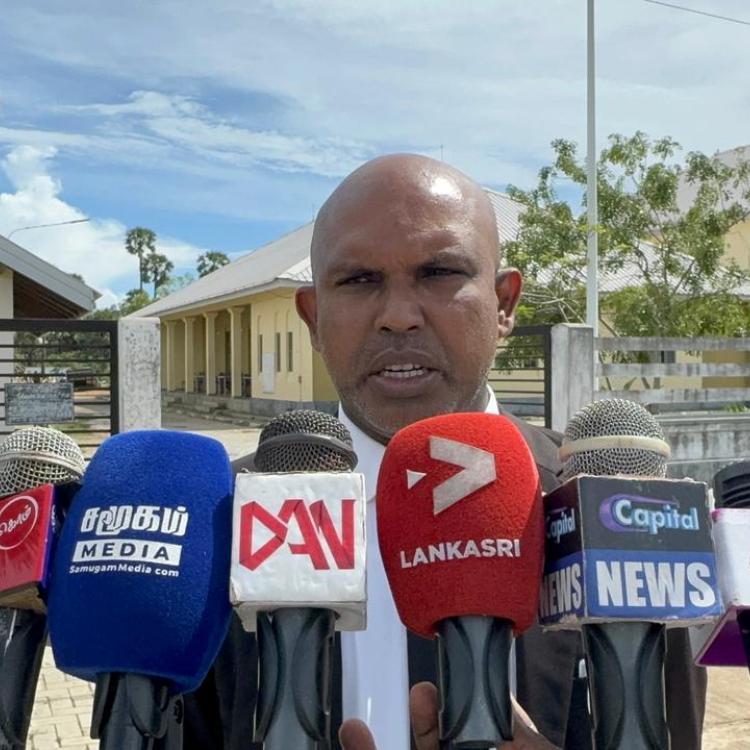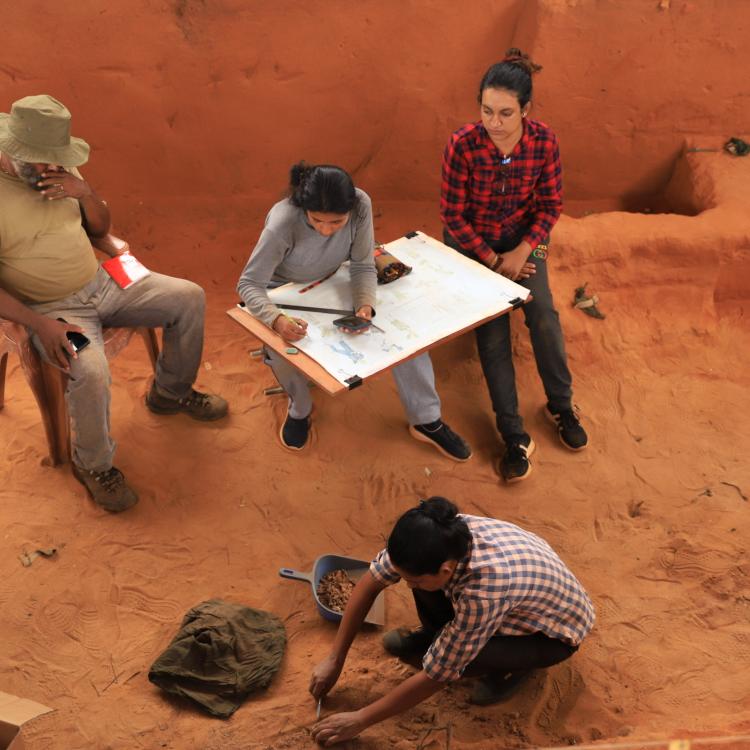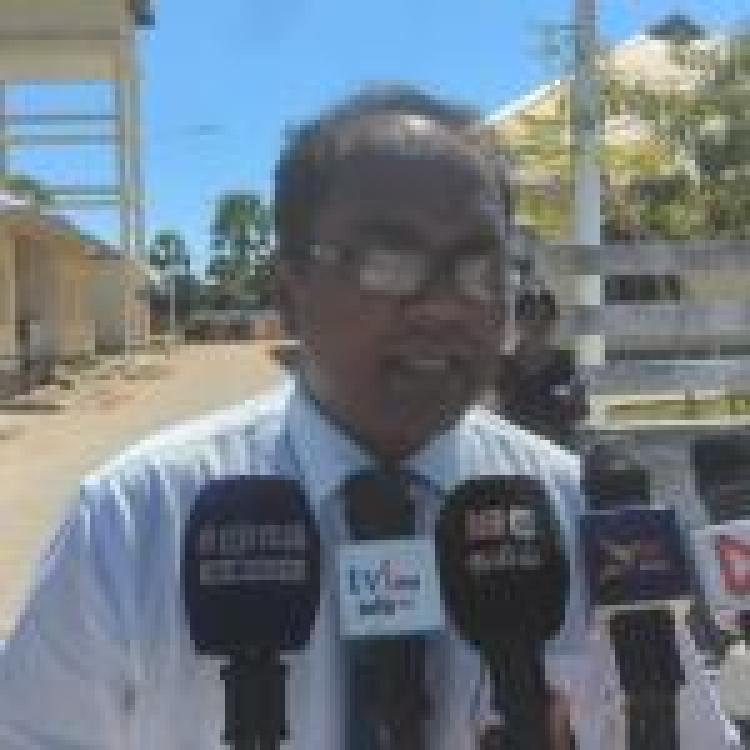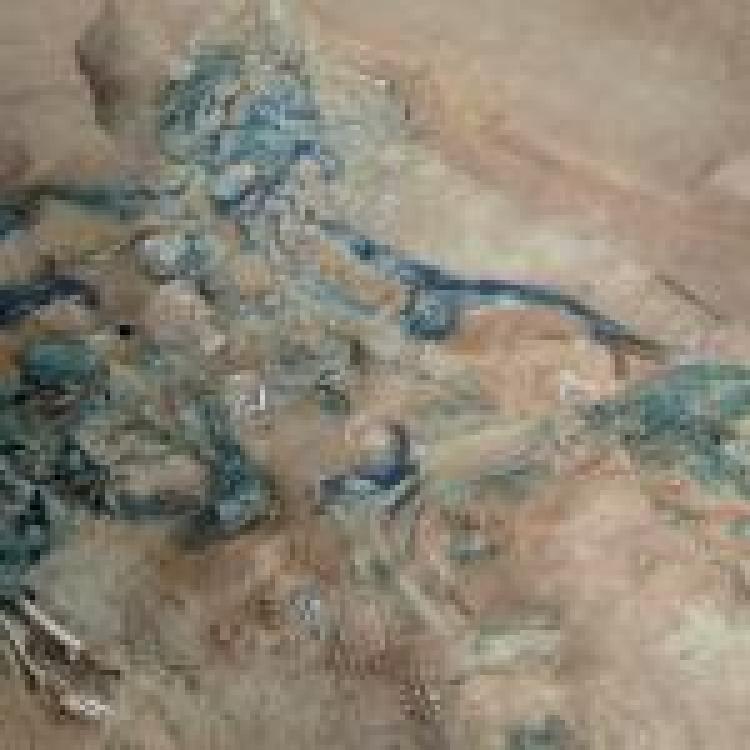
The hearings regarding the Kokkuthoduvai mass grave continued at the Mullaitivu Magistrate’s Court on 27 February 2025, as forensic reports shed further light on the remains discovered at the site.
The case, presided over by Magistrate Dharma Lingam Pradeepan, saw the presence of forensic medical officer Dr. K. Vasudeva, representatives from the Office of Missing Persons (OMP), and lawyers representing the families of the disappeared.
Dr. Vasudeva confirmed to the court that two reports concerning the mass grave had been submitted. The first focused on the garments recovered alongside the skeletal remains, while the second detailed the artefacts found within the clothing—items that may hold vital clues to the identities of the deceased. Among these artefacts were identification numbers inscribed on fabric, which could assist in matching the remains to missing individuals, should any of their relatives come forward.
The court was also informed that the final forensic report would be submitted within the next six weeks. This report is expected to provide a comprehensive analysis, including the estimated ages, heights, and causes of death of the deceased. The hearing has been adjourned to 27 March 2025.
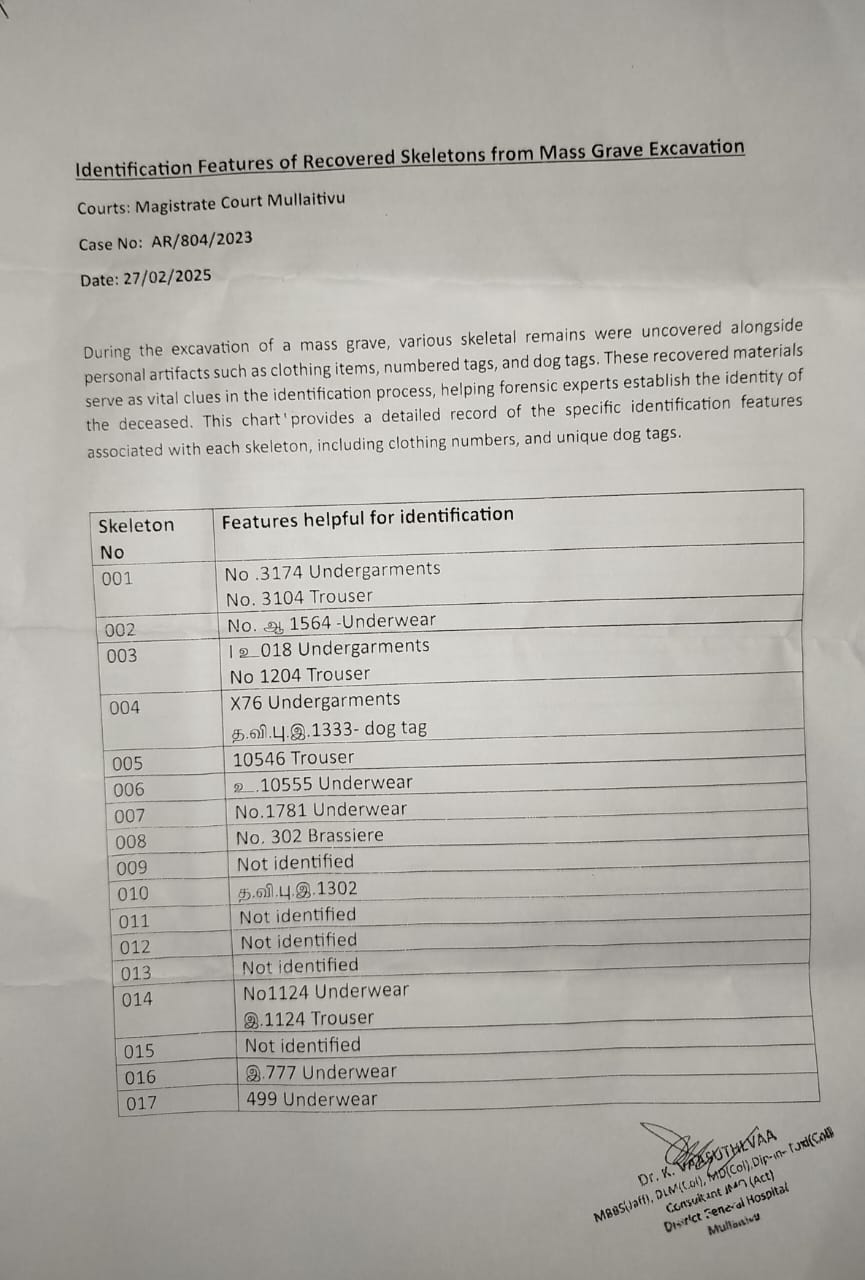
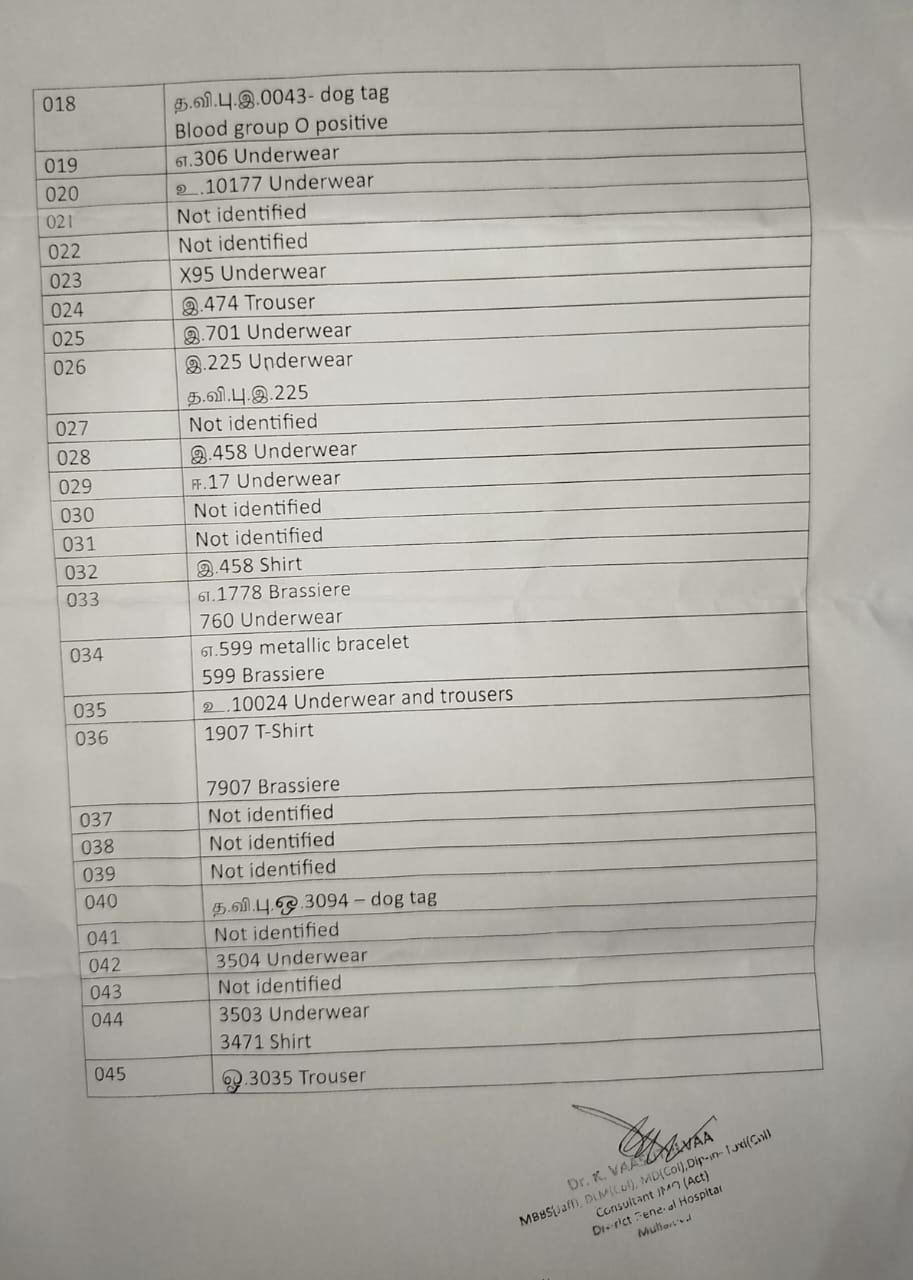
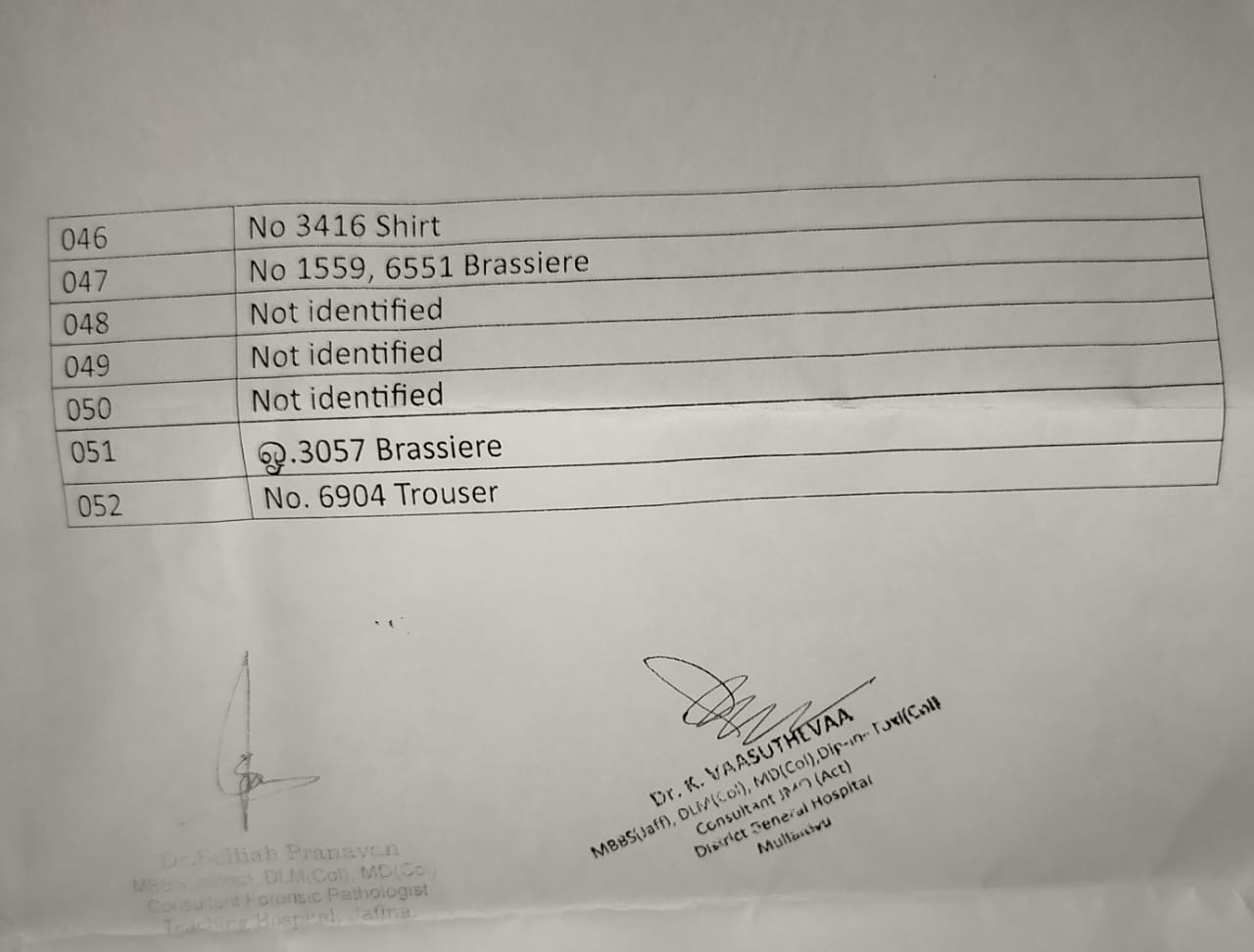
Delays and allegations of obstruction
The Kokkuthoduvai mass grave case has been plagued by repeated delays, fuelling accusations of a state cover-up. Since the discovery of the remains in June 2023 by construction workers from the National Water Supply and Drainage Board, the investigation has faced prolonged adjournments, a seven-month suspension due to a lack of funding, and allegations of evidence mishandling.
The remains are believed to belong to Liberation Tigers of Tamil Eelam (LTTE) fighters who were killed between 1994 and 1996. Identification tags and clothing fragments bearing insignia resembling LTTE uniforms were among the items recovered, reinforcing suspicions that these individuals may have been forcibly disappeared or executed under Sri Lankan military control.
Despite mounting pressure from Tamil families of the disappeared, Sri Lankan authorities have been slow to release the full details of the findings. It was only in December 2024—more than a year after the discovery—that the court ordered the identification numbers on the tags to be made public, in the hope that relatives would come forward to verify the identities of the deceased.
The families, who have long demanded an international inquiry, argue that Sri Lankan institutions, including the OMP, are complicit in obstructing justice. The OMP has been accused of pressuring families into accepting death certificates in exchange for closing investigations, despite failing to trace a single disappeared person since its establishment eight years ago.
A history of unaccounted massacres
Human rights organisations have echoed concerns about the Sri Lankan state’s mishandling of mass grave investigations. A 2023 report by the International Truth and Justice Project (ITJP) noted that out of the 20 mass graves partially exhumed across the country, hardly any family has had the remains of their loved ones returned. The report accused the Sri Lankan government of systemic interference, citing abrupt transfers of magistrates and forensic experts, police delays in executing judicial orders, and obstruction of independent investigations.
The excavation at Kokkuthoduvai has once again brought attention to Sri Lanka’s history of enforced disappearances and extrajudicial killings, particularly against Tamils. In a previous testimony, an ex-military intelligence officer revealed that 27 Tamil detainees from the Manik Farm internment camp were taken to Kattankudy, executed, and their bodies dumped at sea.
The nature of the Kokkuthoduvai burial site suggests that the deaths occurred under military control, raising serious concerns about mass executions and war crimes. Attorney V. Niranjan, representing the families of the disappeared, stated that preliminary research showed evidence of gunshot wounds and signs of physical abuse on some of the remains. “In several cases, the clothing had been torn off from the bodies, indicating potential human rights violations,” he said.
With a final forensic report expected in the coming weeks, the Tamil families of the disappeared continue to demand transparency, justice, and international oversight. However, given the Sri Lankan state’s track record of obstructing mass grave investigations, many fear that this case, too, may be buried under layers of bureaucracy and impunity.

